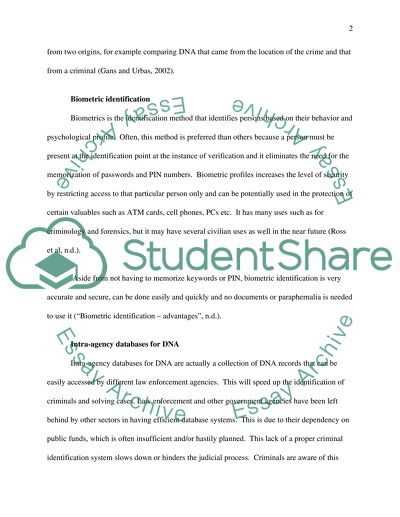Cite this document
(“Technological advances in criminal identification procedures Essay”, n.d.)
Retrieved from https://studentshare.org/miscellaneous/1499430-technological-advances-in-criminal-identification-procedures
Retrieved from https://studentshare.org/miscellaneous/1499430-technological-advances-in-criminal-identification-procedures
(Technological Advances in Criminal Identification Procedures Essay)
https://studentshare.org/miscellaneous/1499430-technological-advances-in-criminal-identification-procedures.
https://studentshare.org/miscellaneous/1499430-technological-advances-in-criminal-identification-procedures.
“Technological Advances in Criminal Identification Procedures Essay”, n.d. https://studentshare.org/miscellaneous/1499430-technological-advances-in-criminal-identification-procedures.


